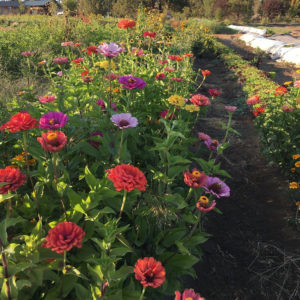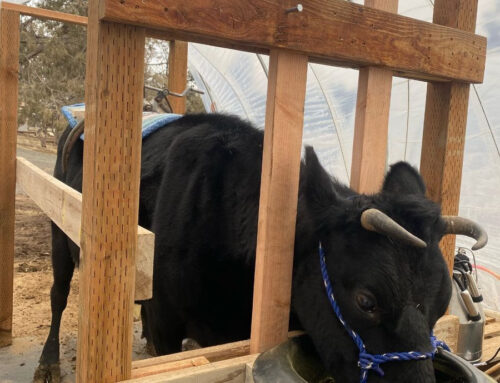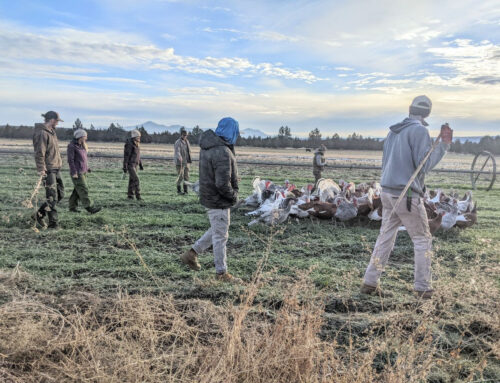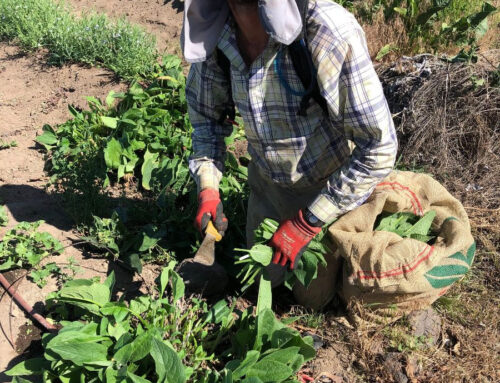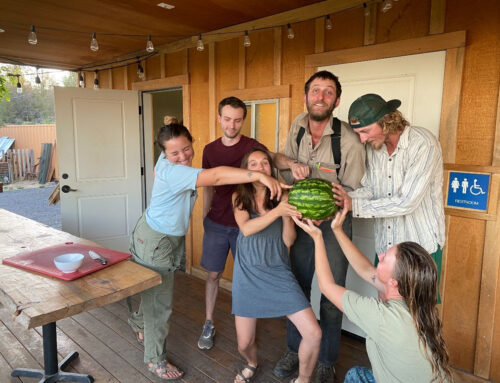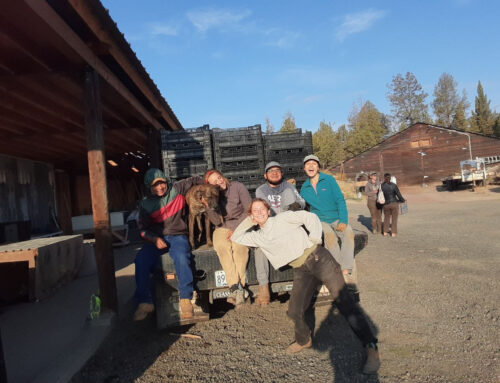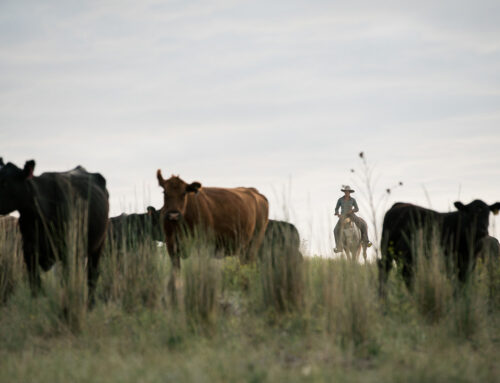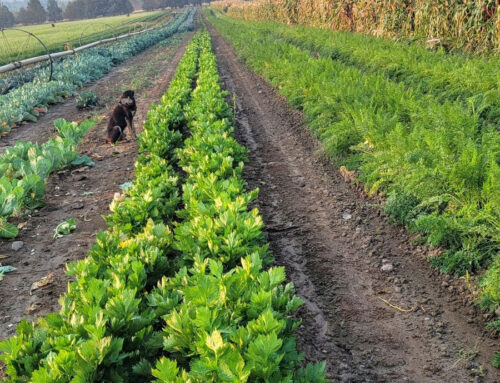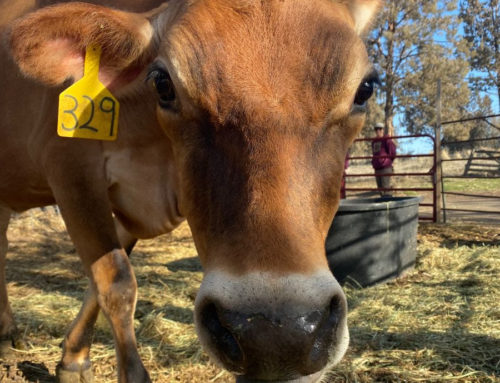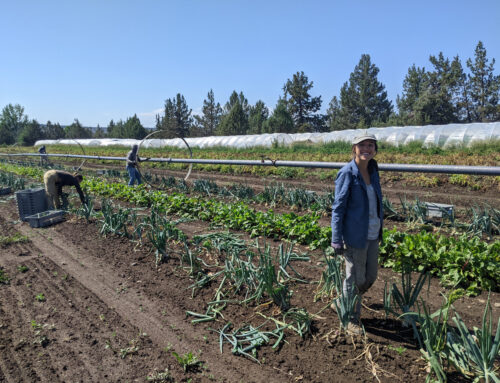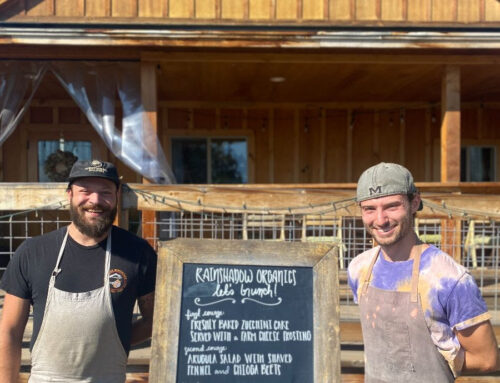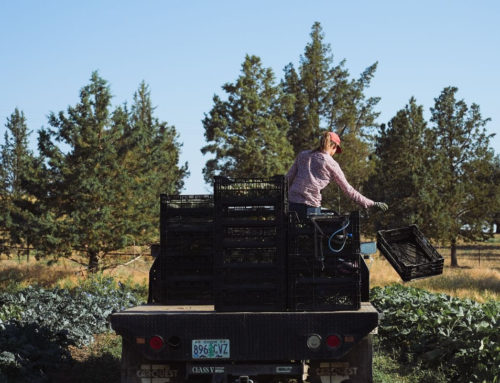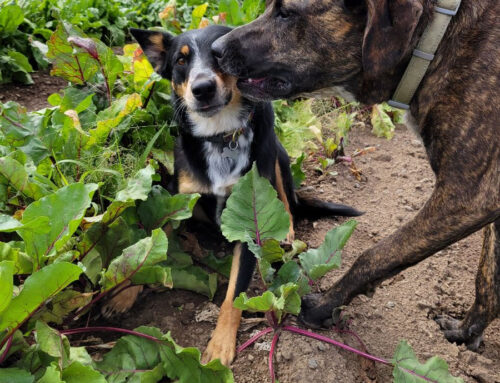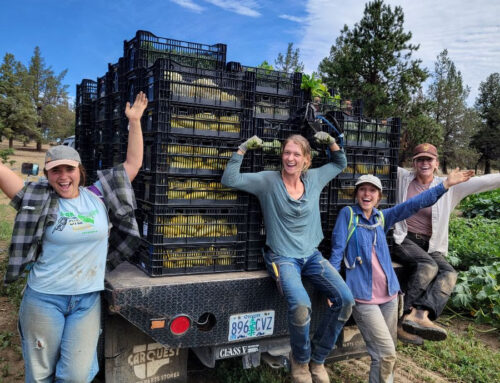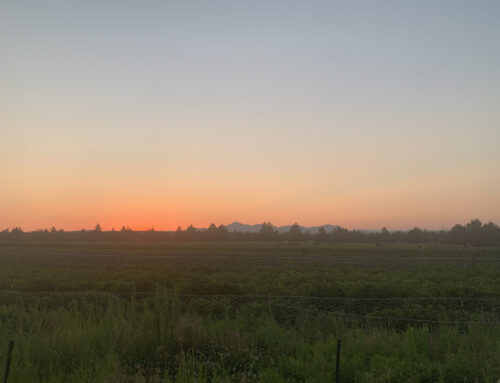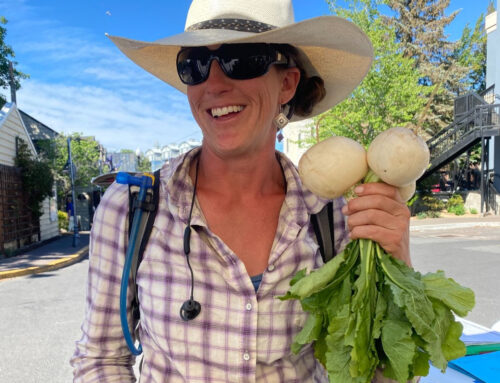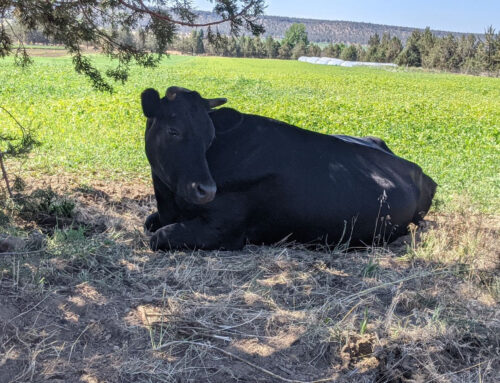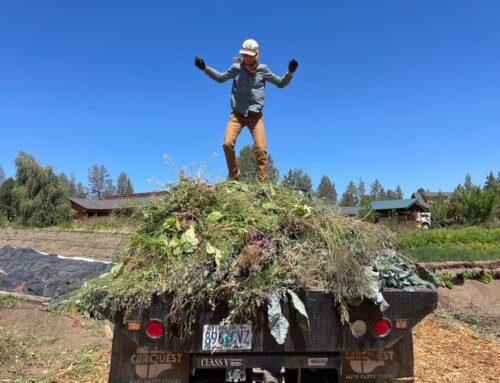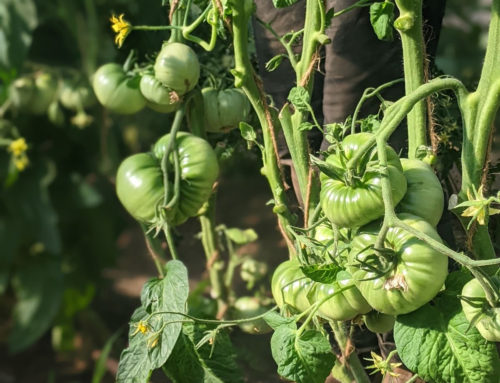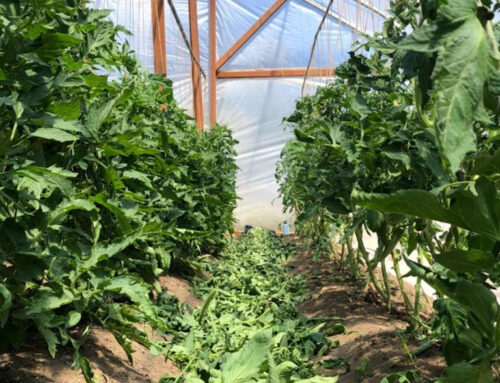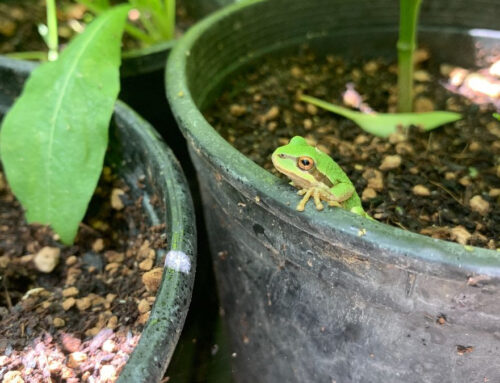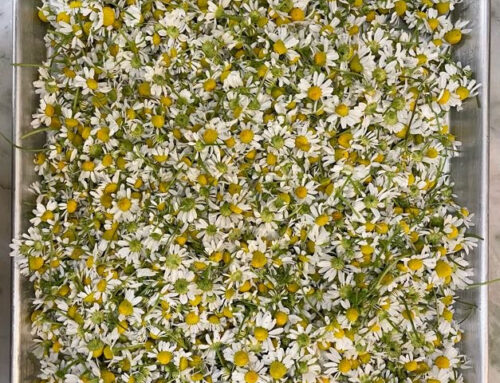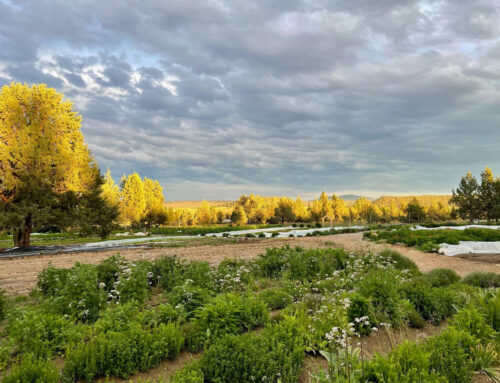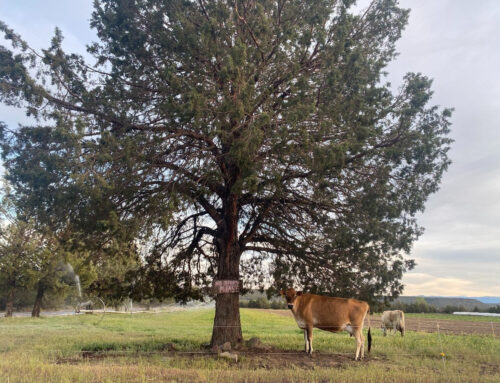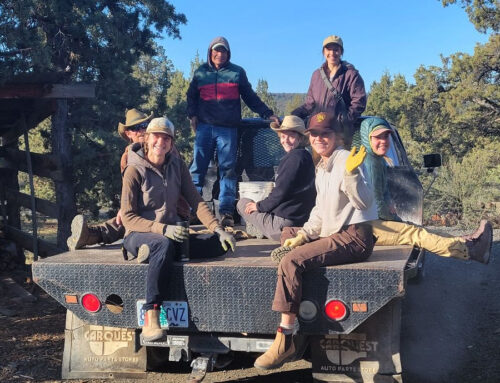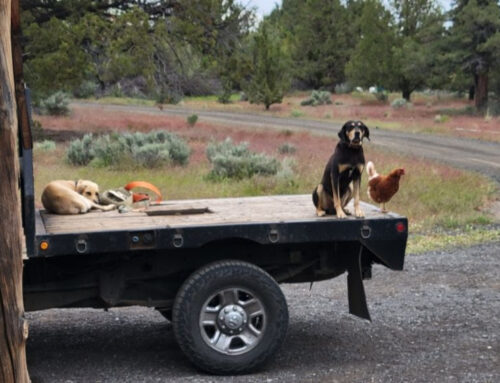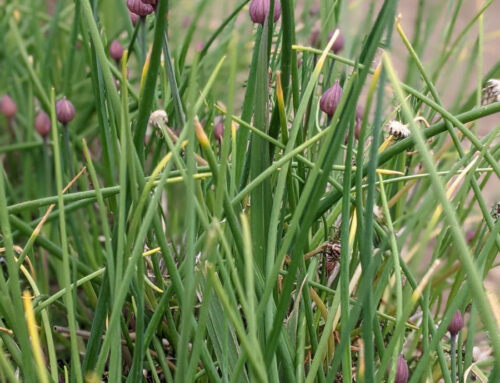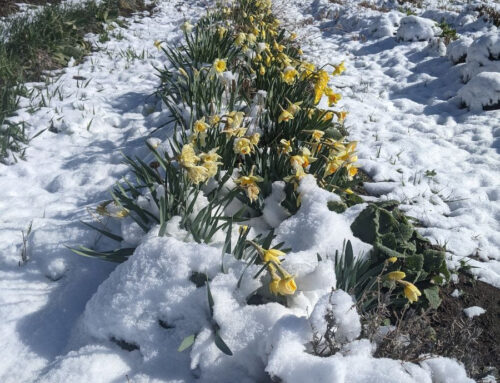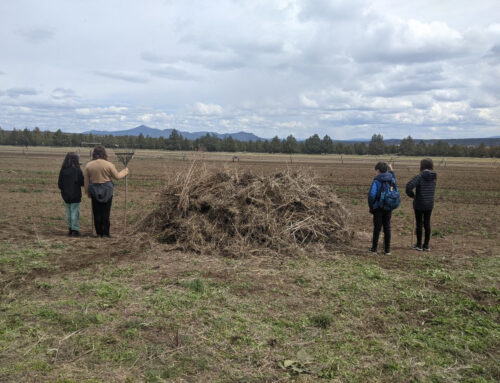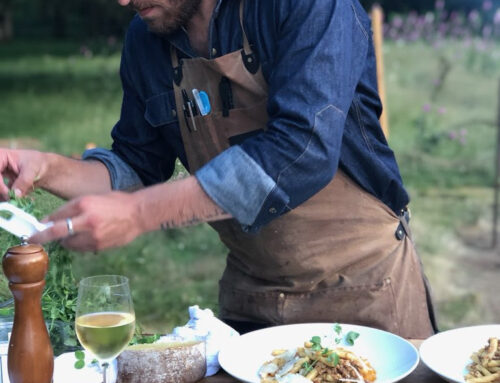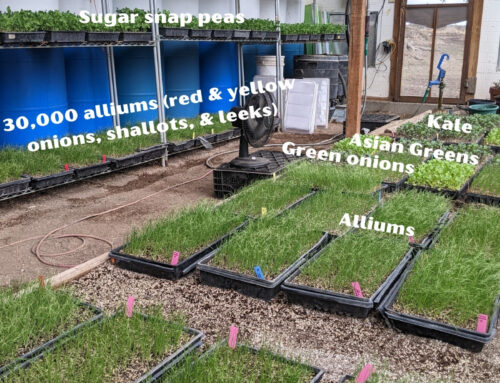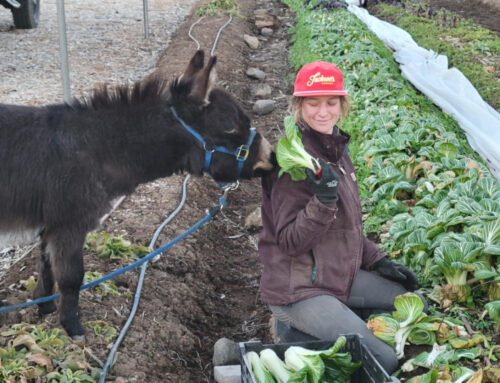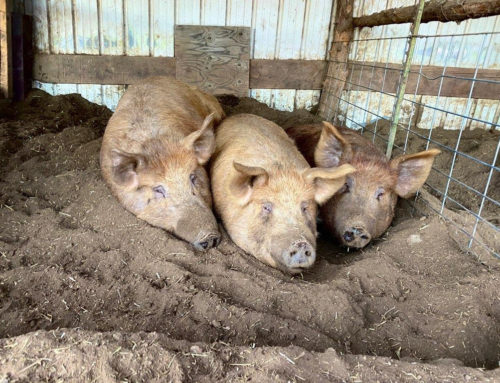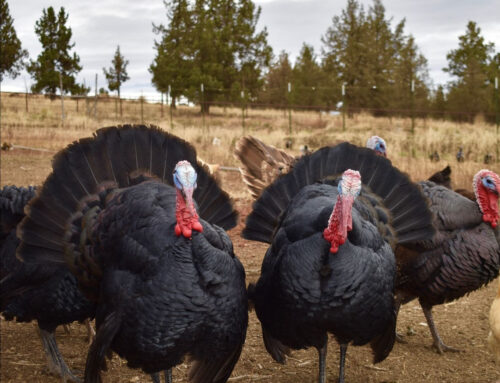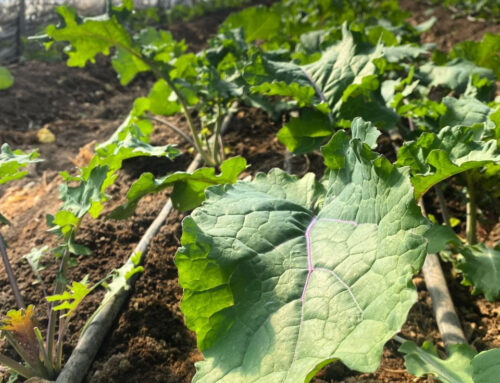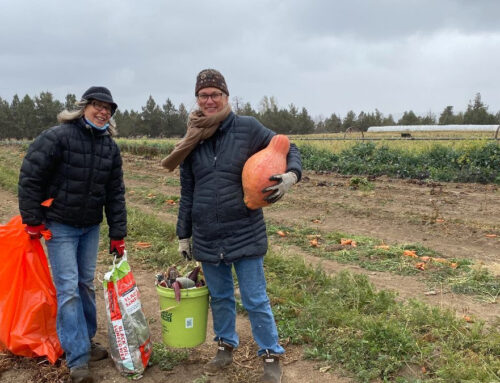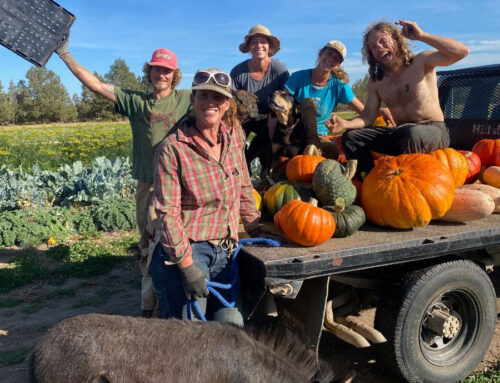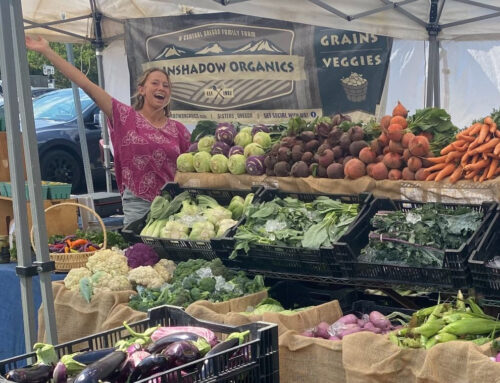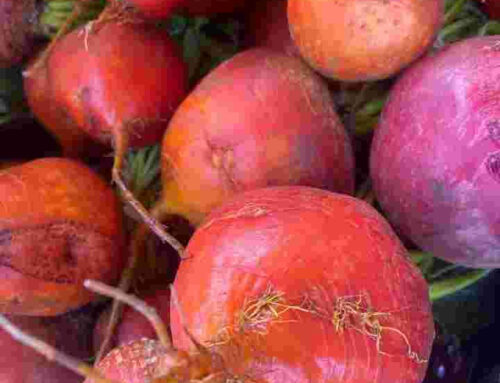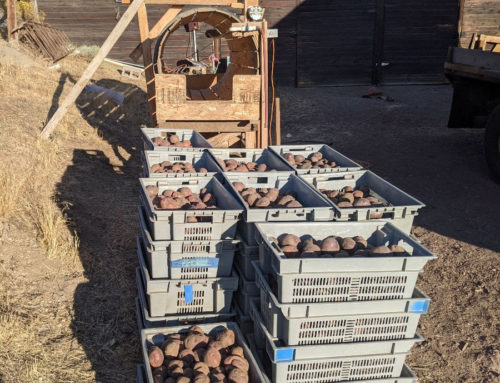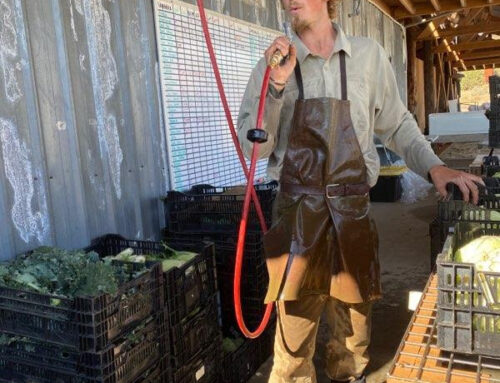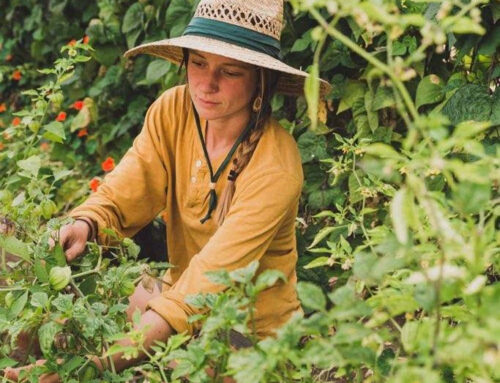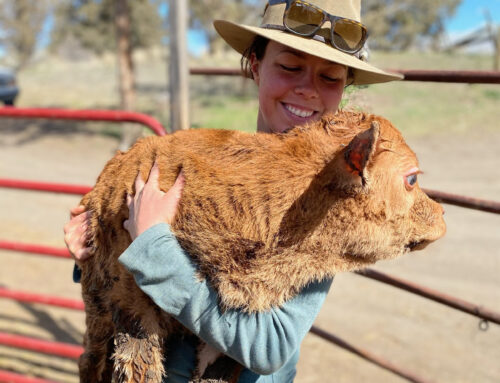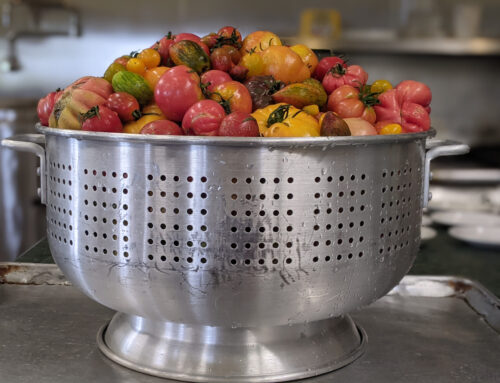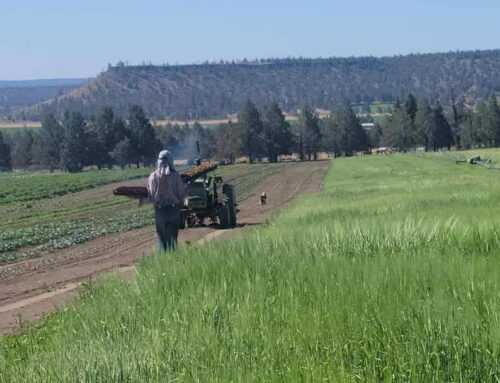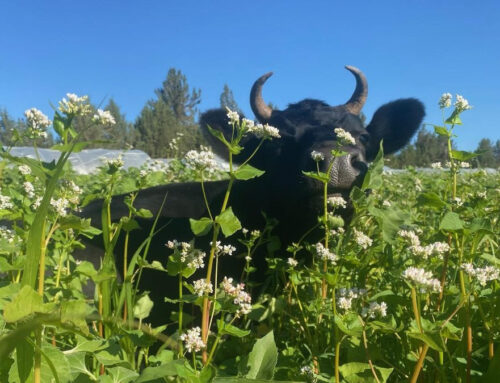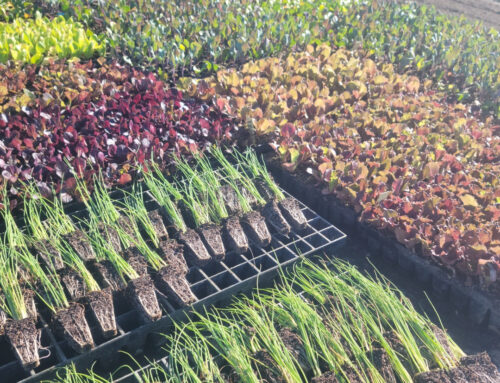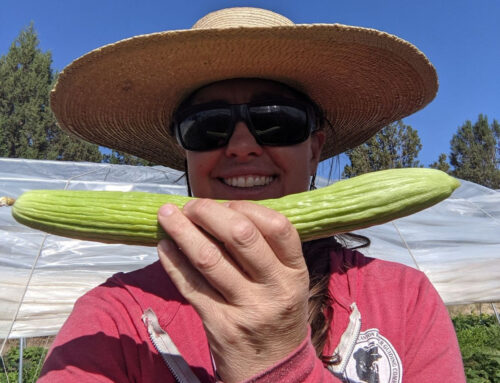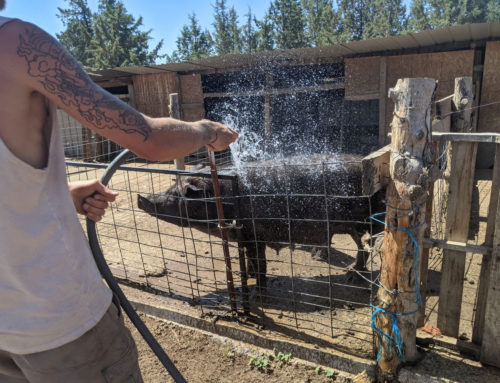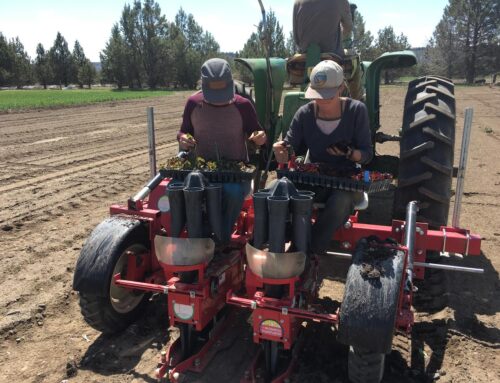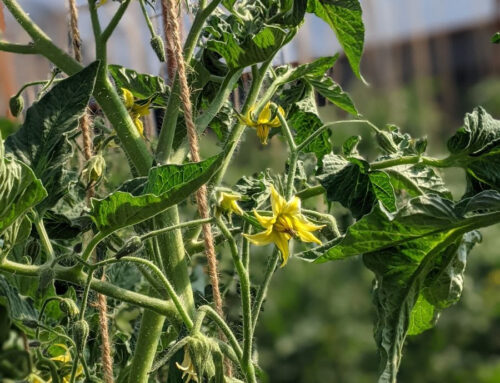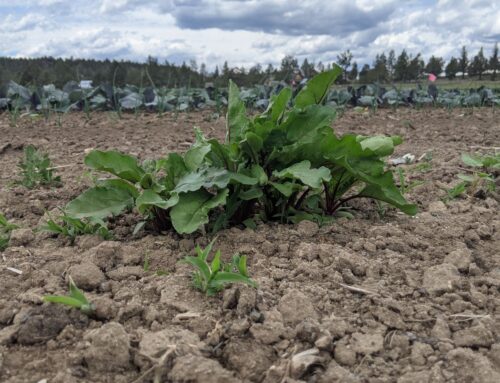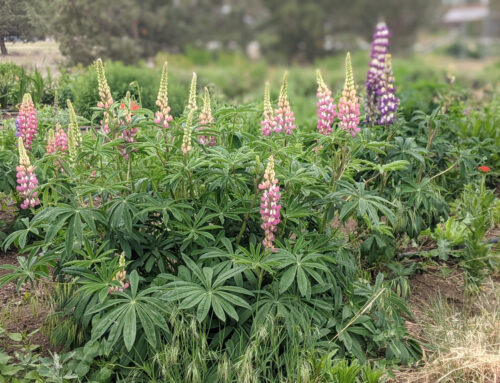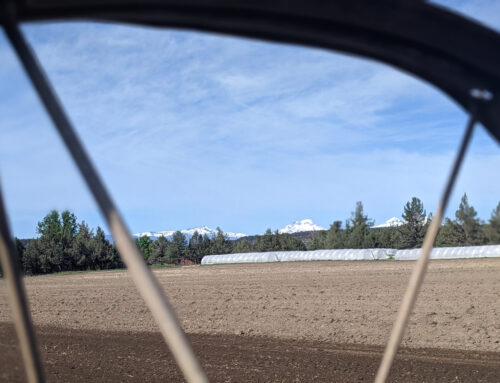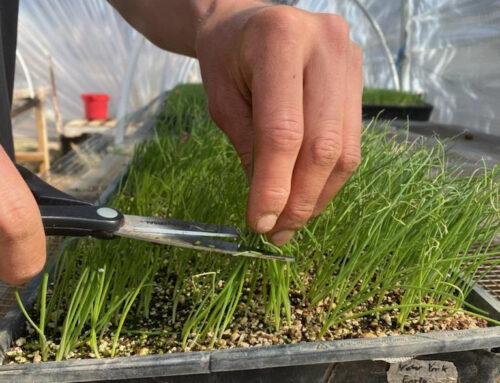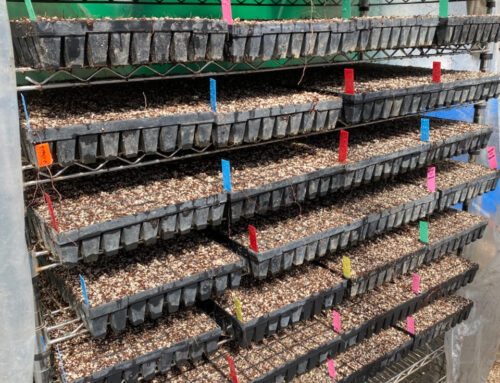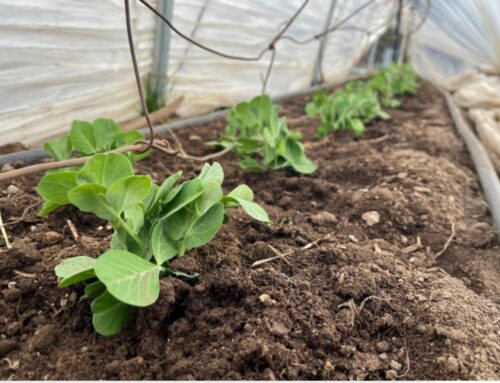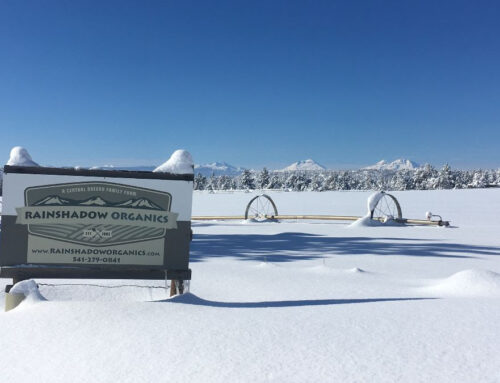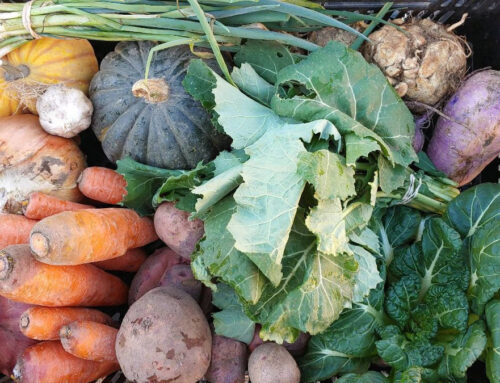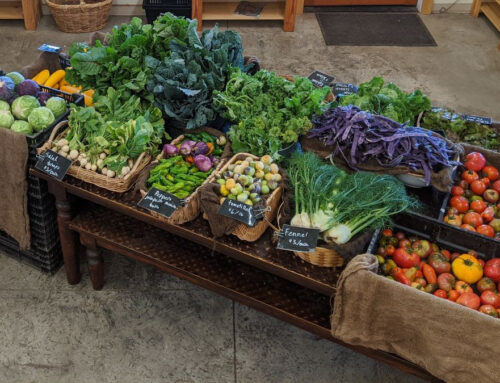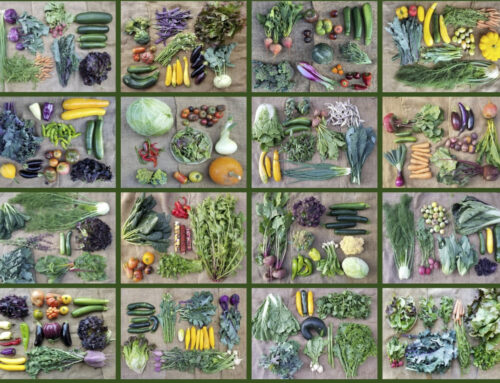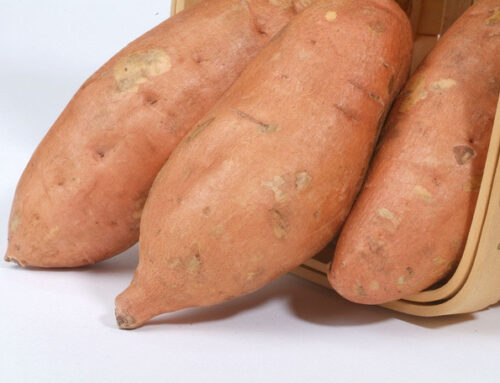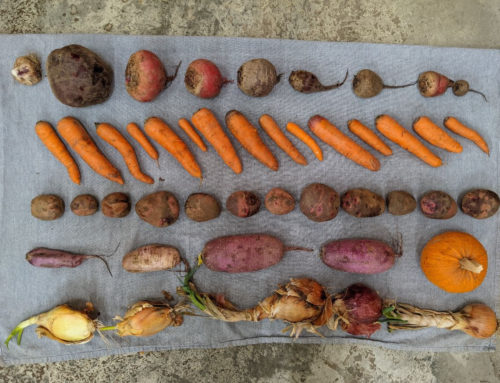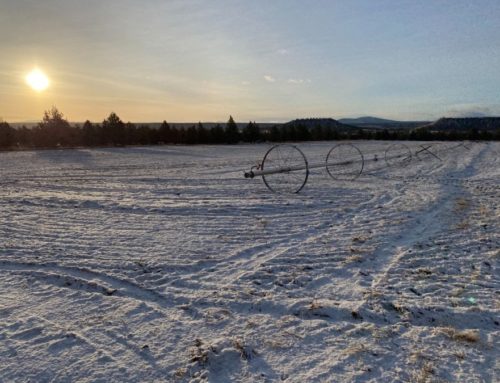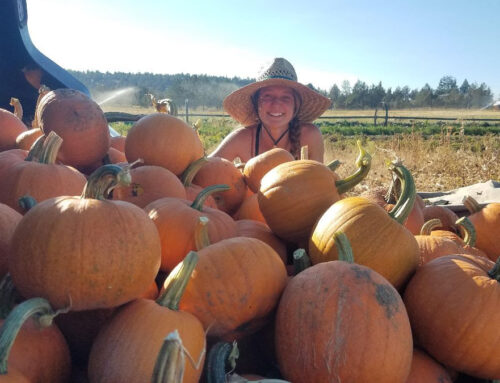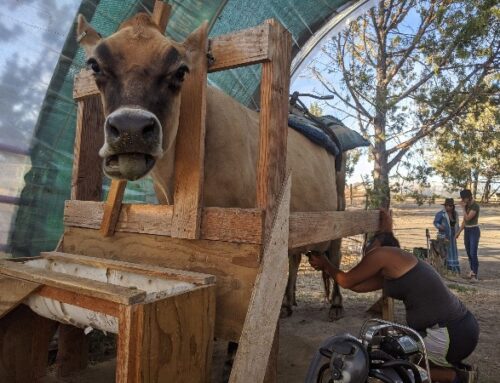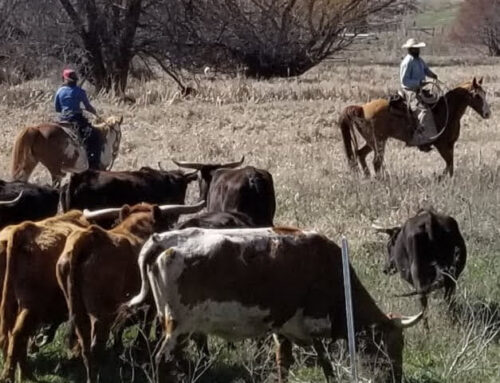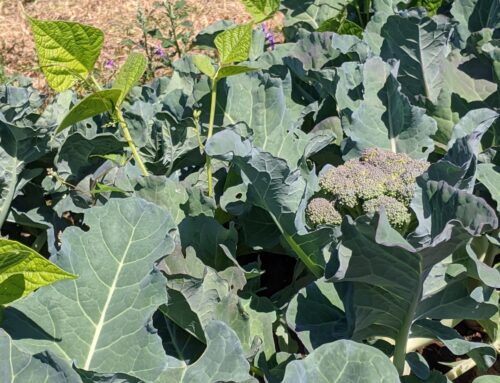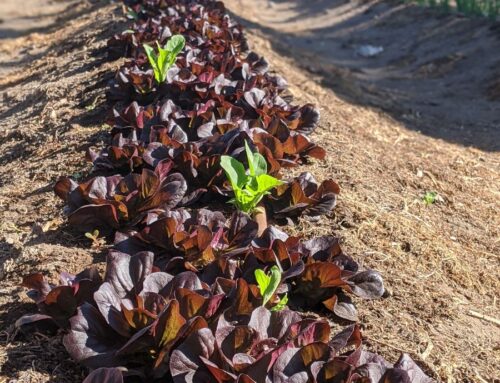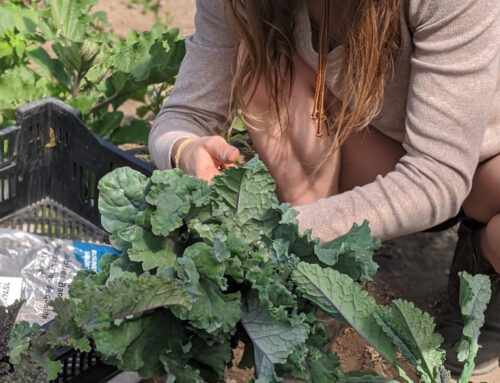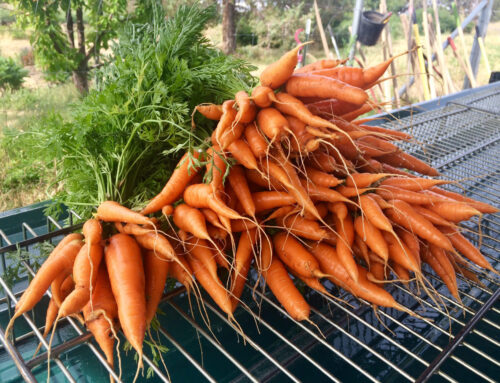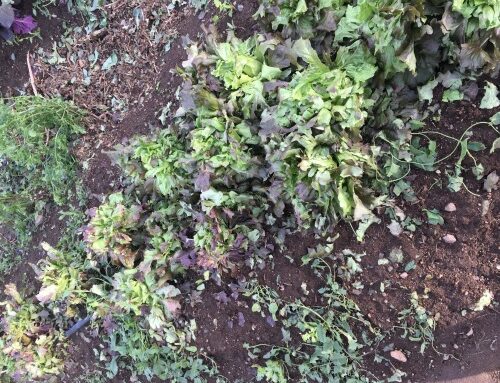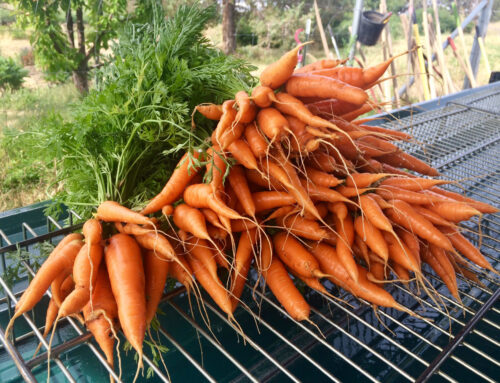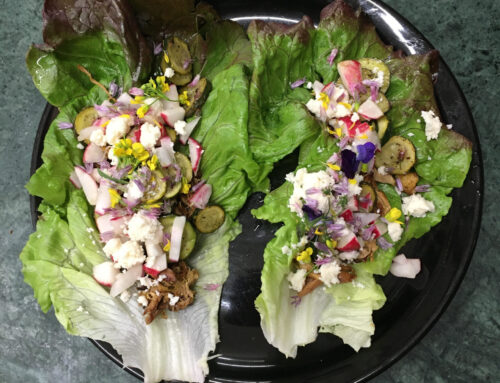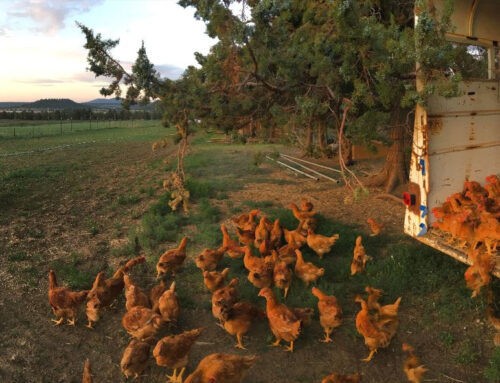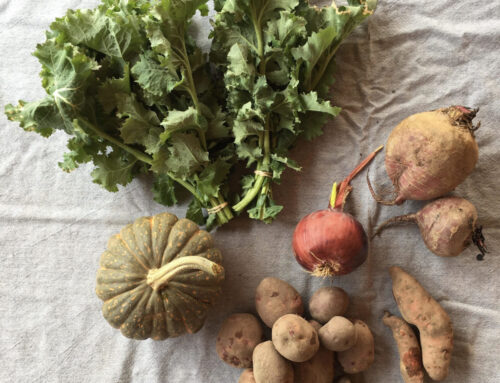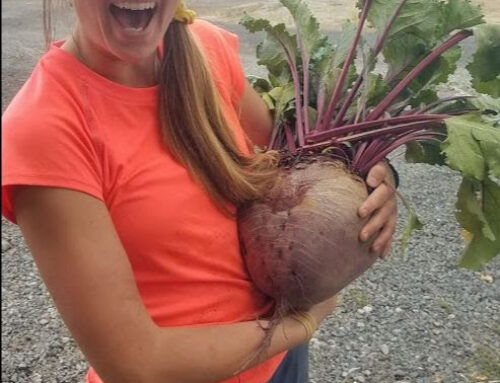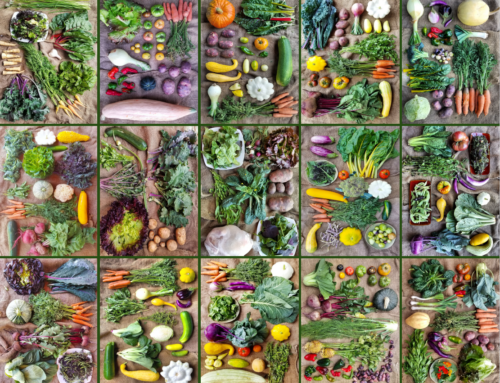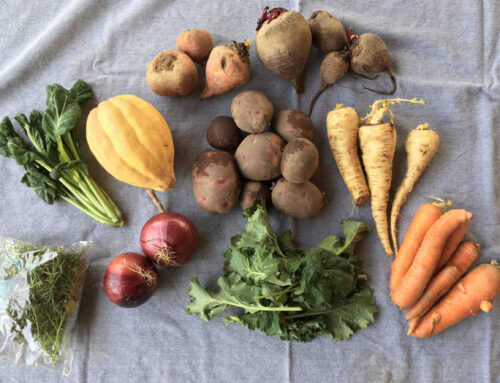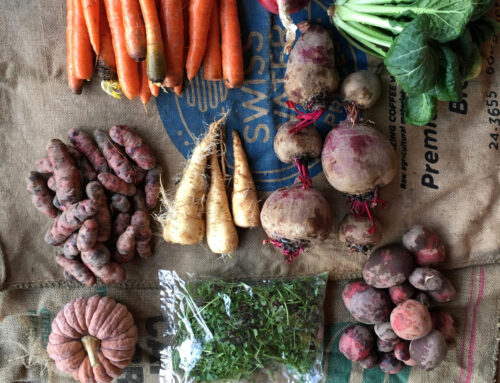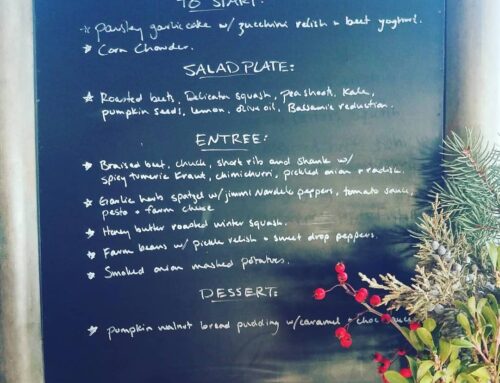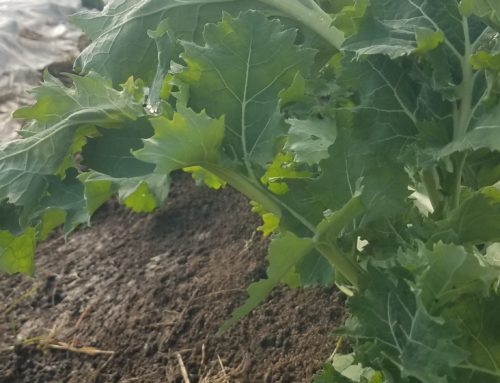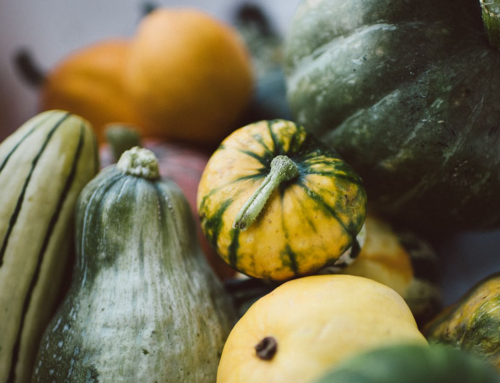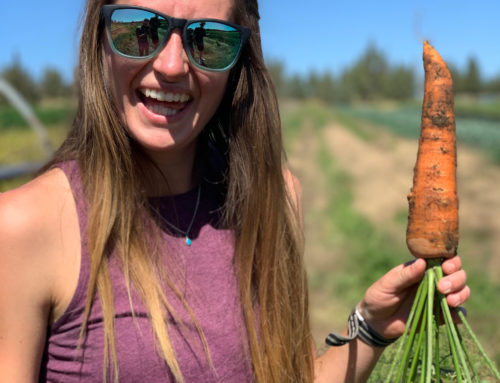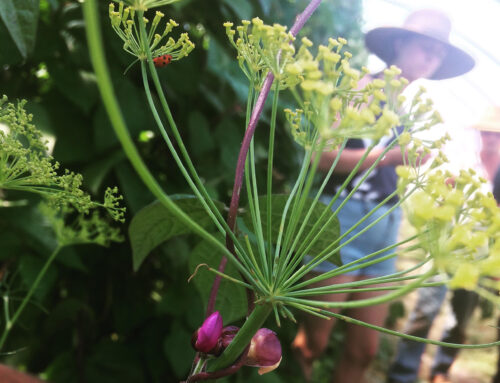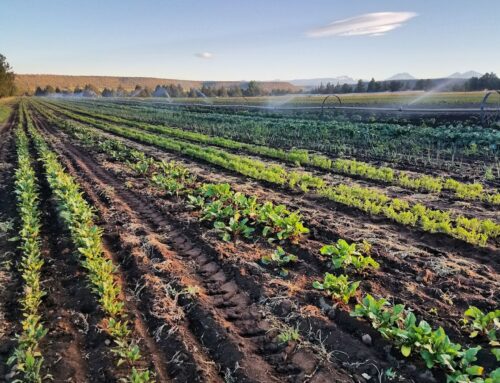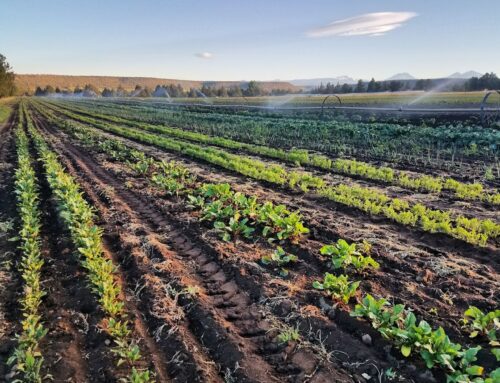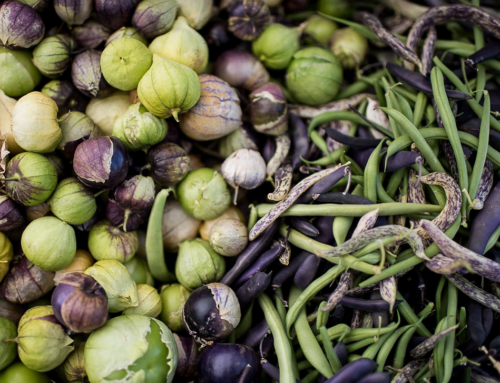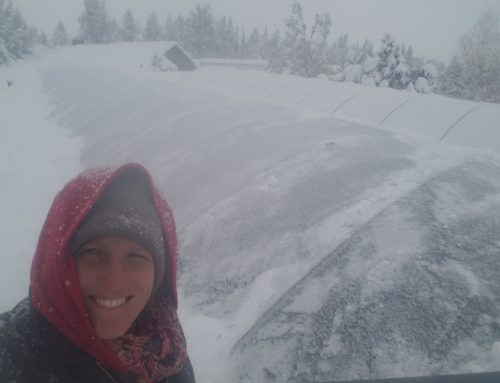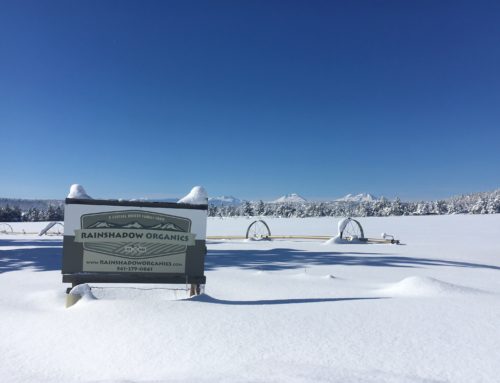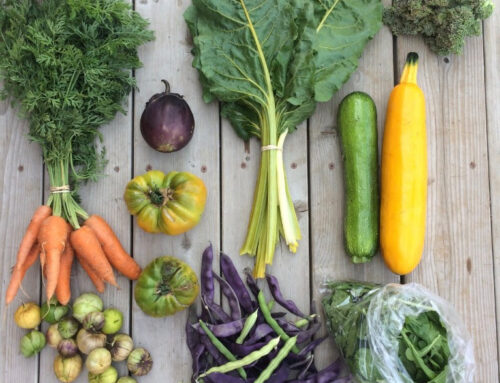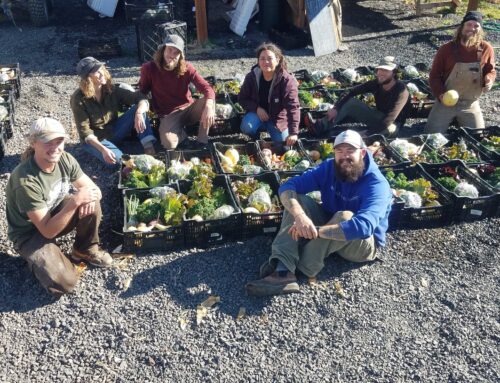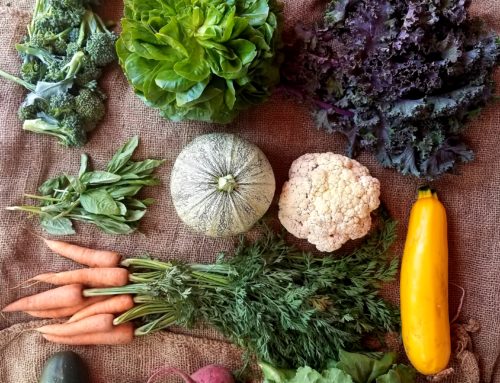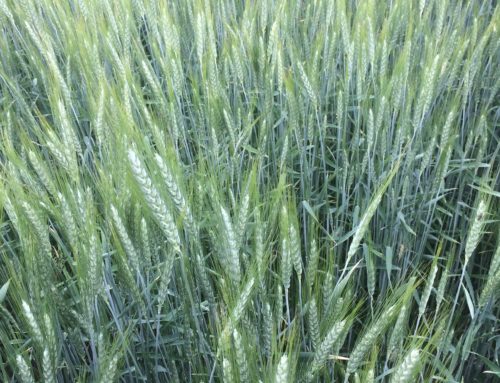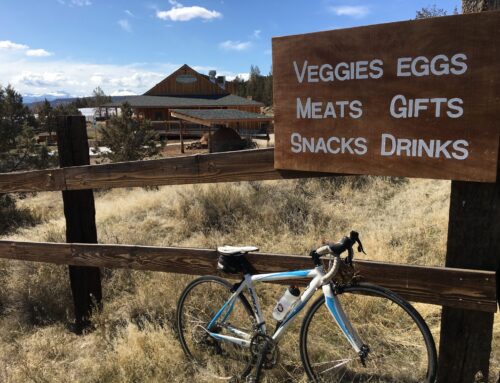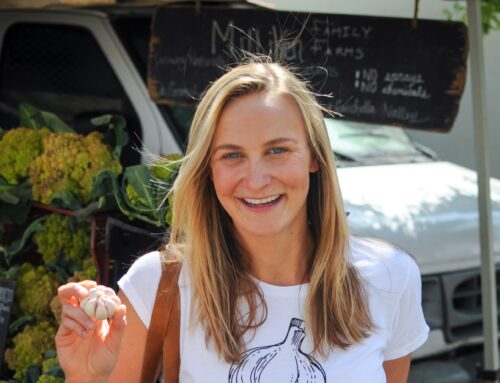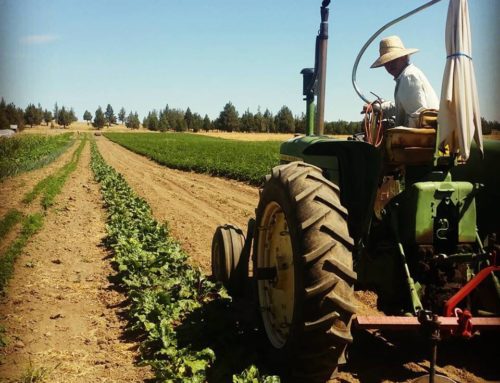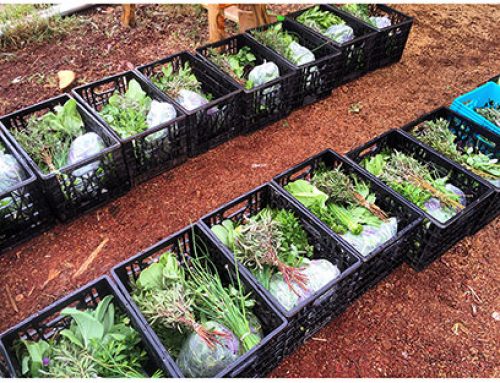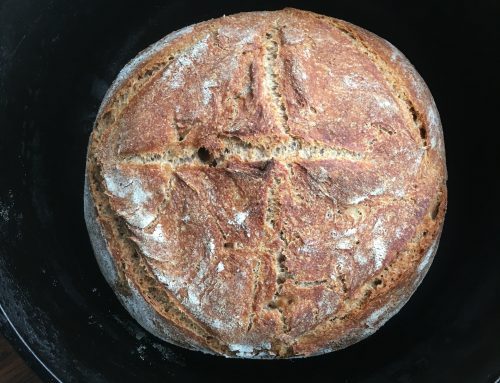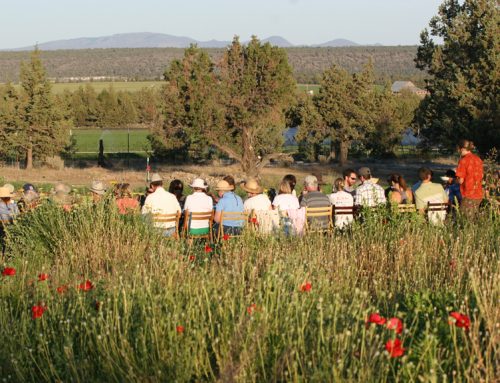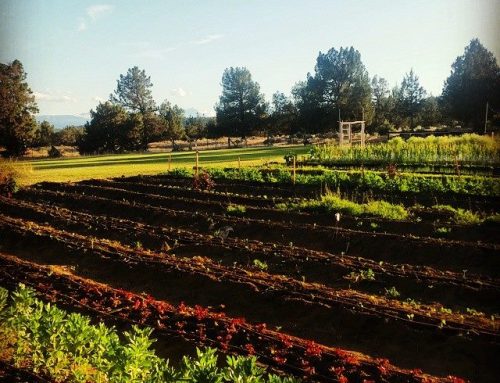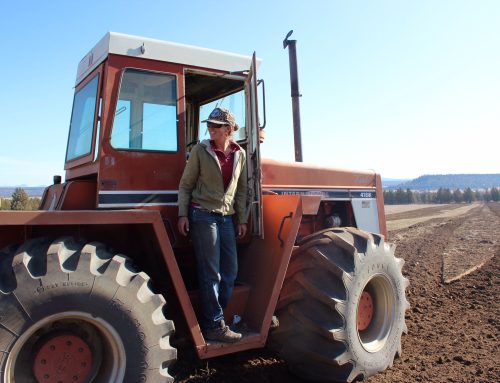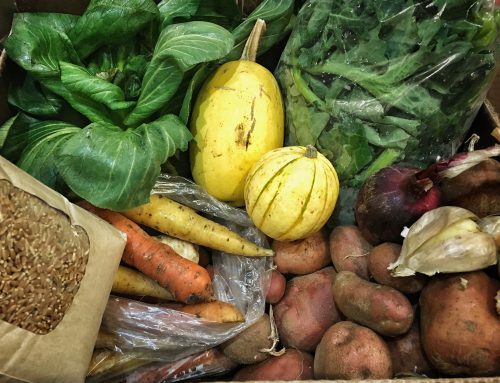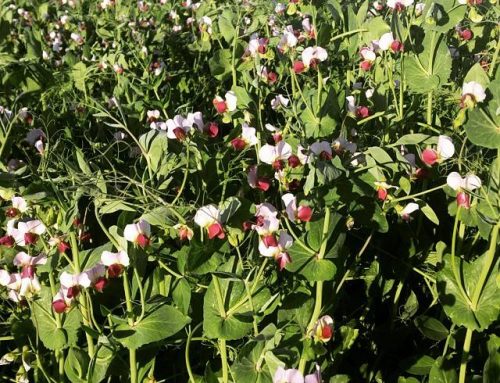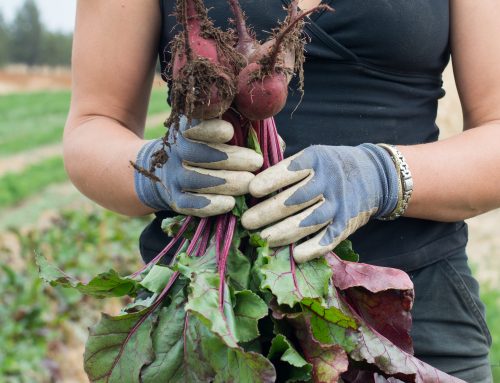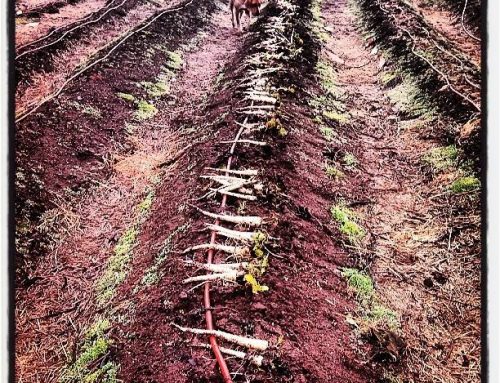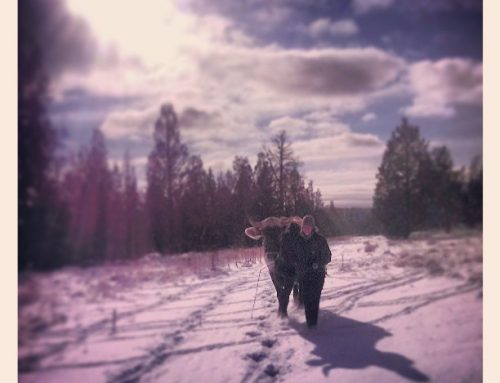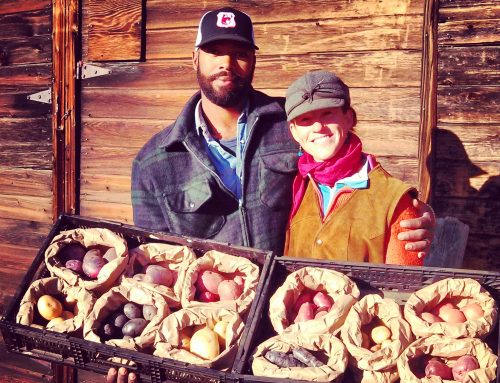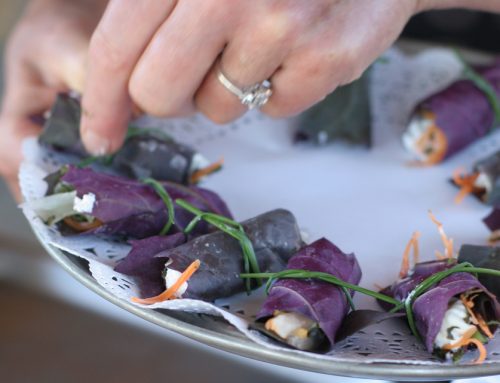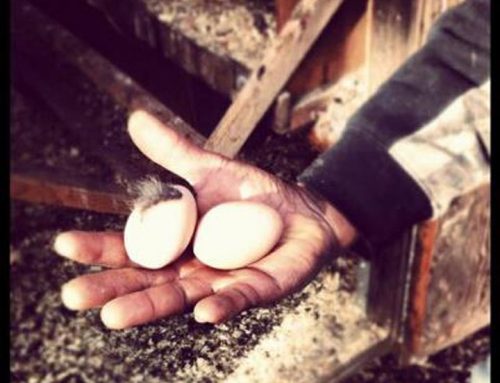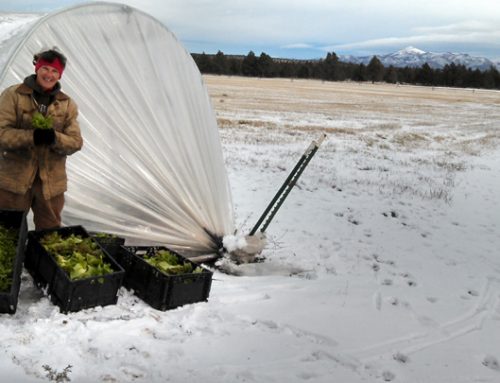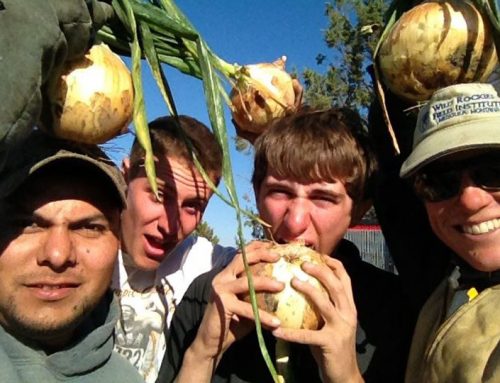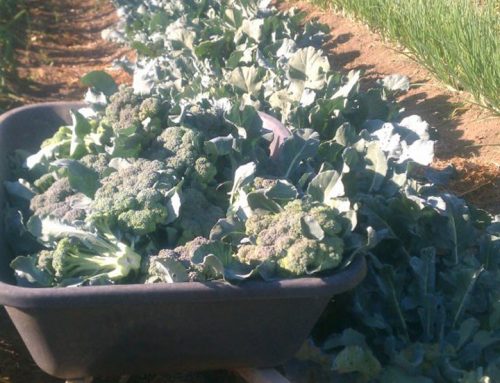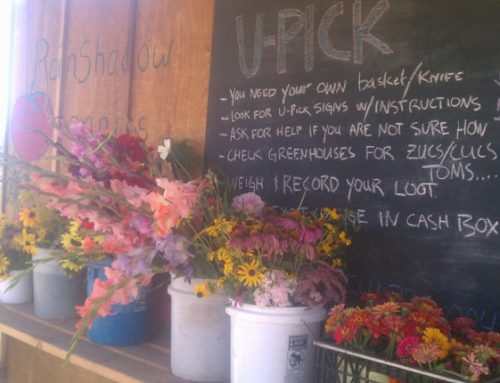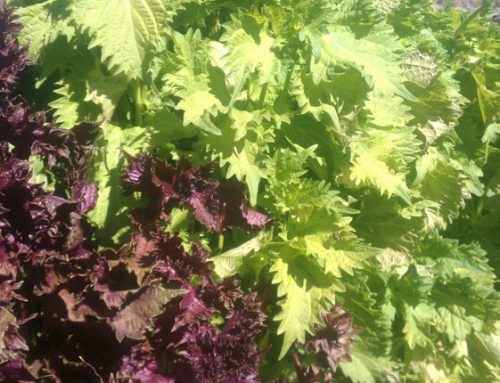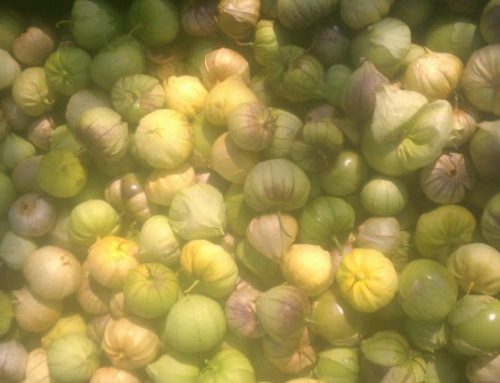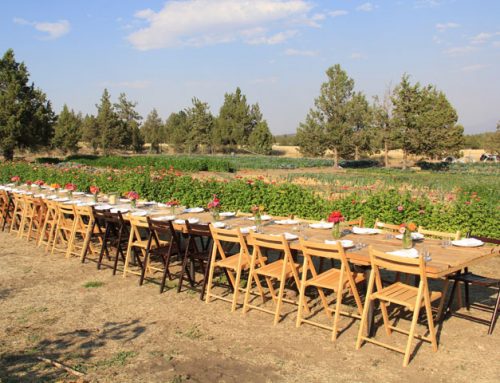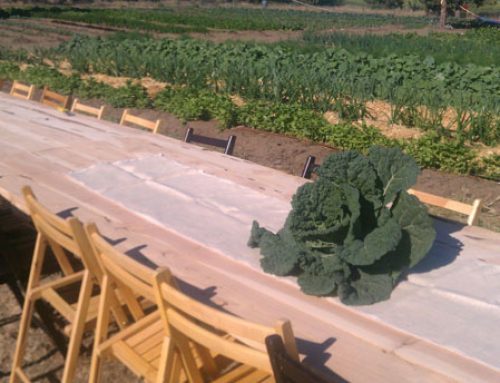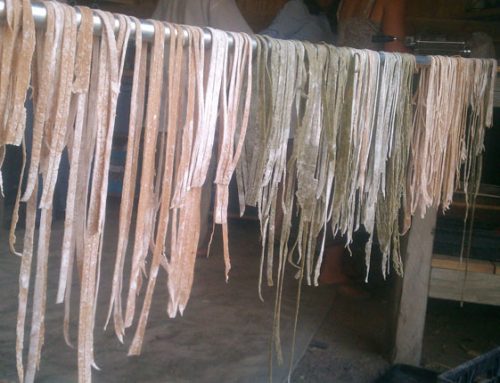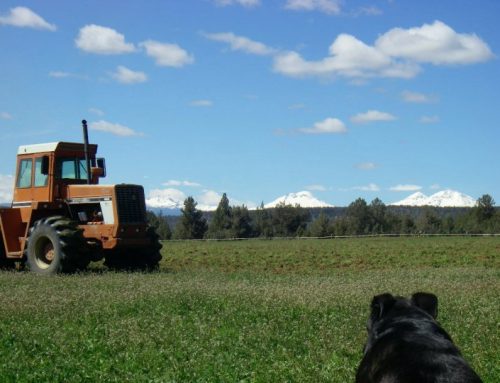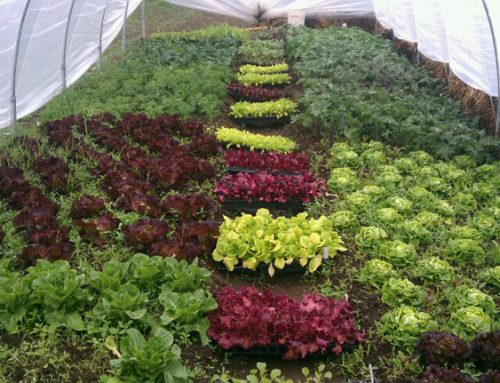Meet your farmer
Hi there! My name is Kiely Houston and I’m a first year farmer here at Rainshadow. I arrived at the farm after spending nearly a decade working as a public health consultant trying to fix our costly and ineffective health care system. Over time, I realized that I personally needed to spend more time away from a desk and that I really cared more about health (human health and ecosystem health) than healthcare. I decided I wanted to try out farming as a new career direction and am so grateful to be here learning.
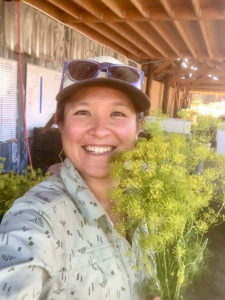
Photo credit: Kiely Houston
The big change of the week
As we approach the Fall Equinox, we’re watching the evolution of our crops as they start to think about returning to the earth. The cold nights we had recently nipped a few particularly sensitive things and we’re clearing out tired plants (they’ve been abundantly producing for weeks!) to make way for all our winter greens.
This past week was a bit of a mind blower on the farm. Early in the week we harvested tomatoes, melons, corn, and hot peppers, and at the end of the week we cleared those beds and planted our winter greens starts.
When we clear beds, we take out all the plants that had been growing there for weeks, possibly months, thank those plants for their valuable and much appreciated service, and then feed them to the chickens, pigs, or compost pile depending on the plant. After removing all the plants, we add a bit of nutrients, rebuild the beds, and then plant new starts. This is always an exciting day! Gratitude and new growth, what farmers thrive on.
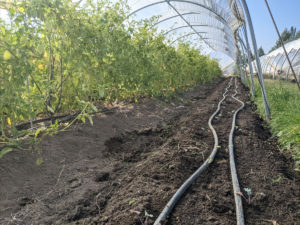
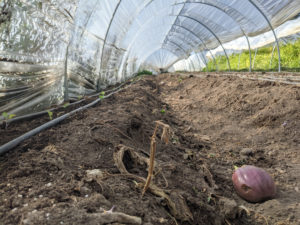
We flipped one row of tomatillos and a whole house of eggplants. We are in the process of removing these heat loving summer crops and planting our winter gems in their stead. Featured in these photos: our stand out favorite winter green: Siberian Kale.
(Sign up for your winter CSA to make sure you don’t miss out!)
(photo credit: Alison Holland.)
Move over summer squash, it’s winter squash’s turn!
One of the ways we learn as a farm crew is to take farm walks together and discuss the current state of the farm. This week we paid a visit to our winter squash patch to see how they’re coming along. Winter squash need time to develop their sugars and we encourage them by cutting their water. Picking a harvesting moment is a delicate balance: harvest too early and the squash will be bland and immature, too late and we risk a hard frost which can damage the squash and make them less storage hardy.
Like every vegetable we grow, these squash have been touched by many hands. The more I learn about sustainable farming practices, the more I’m impressed by just how much care goes into each piece of produce. First, someone grew the squash that gave us its seeds. Then a farmer dropped that seed into the ground, pulled a hoe across every inch of soil and later knelt to weed again and again around the tiny seedling. Someone will have to stoop to cut the squash from the vine and carry the heavy load to the farm truck. Then we’ll unload the squash and carry it into storage and eventually we’ll carry it to market or to the Farm Store and you will carry it home. That’s a lot of hands, and a lot of love!
We grow many different varieties here at Rainshadow and each has its own flavor, personality, and purpose. Last week we harvested a sampling and roasted them up for a taste test. Some varieties need time in storage to develop the most flavor, and some will be ready to eat very soon! The clear winner of our taste test was the North Georgia Candy Roaster. Originally cultivated by the Cherokee, the Candy Roaster can be roasted, stuffed, or made into pie. This gem can also be stored. Tucked into a cool spot in the house, it will not only keep, but also get sweeter with time.
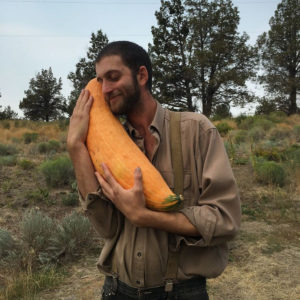
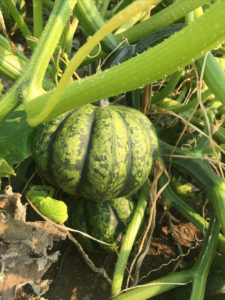
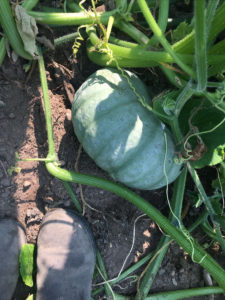
Farmer Simon cradles an enormous North Georgia Candy Roaster. This is by far the largest of these squash the farm remembers growing. The light green and speckled sugar dumpling and dark green winter sweet are also coming along in the 25-acre. (Photo credit: Kiely Houston.)
Harvest List
This time of year, harvest lists can be a bit hit or miss. Crops are starting to get fatigued and produce less than expected. We clear beds and find more of something than we initially thoughts. Either way, you know the list below will adjust to reflect what is actually out there by the end of Tuesday harvest and you know it will be delicious!
For this week, we think our foundational veggies will be:
Small:
- salanova oakleaf lettuce head
- 1 leek
- 1 spaghetti squash
- celery
Large:
- salad mix
- 2 leeks
- 1 kohlrabi
- 1 spaghetti squash
- celery
Asian greens
Thai basil
Italian Basil
Golden beets
Chiogga beets
Red Beets
Cabbage
Carrots
Chard
Cucumbers
Daikon radish
Fennel
Green onions
Kale
Lettuce Heads
Parsley
Lettuce Mix
Salad turnips
Yod Fah
summer squash
Radish
Tomatillos
Cherry tomatoes
Large tomatoes
Onions
Hot peppers
Sweet peppers
Potatoes
|
|
|
I hope you are enjoying the turning of the seasons and still finding small moments to appreciate our natural world despite the smoke.
Kiely
Please email us and let us know if you can’t make Wednesday or if someone else is picking up for you. We can’t wait to see you on Wednesday!
